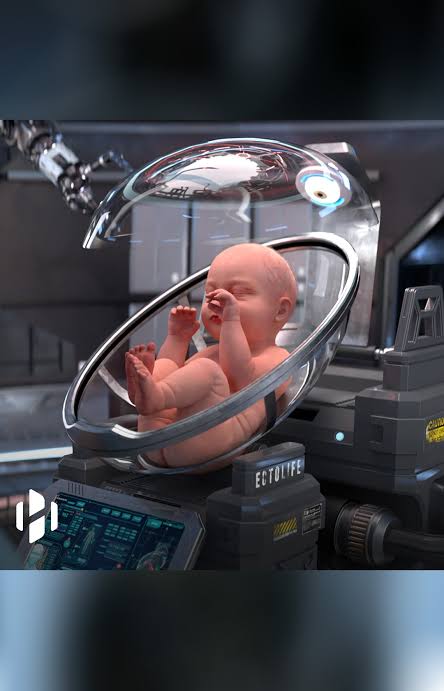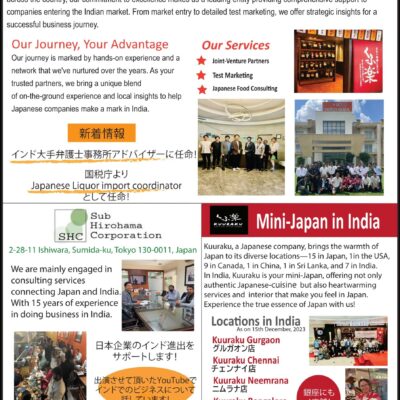In a stunning leap for science and society, Japan has developed the world’s first complete artificial womb—a device that can nurture a human embryo from conception to birth entirely outside the human body.
This futuristic “synthetic uterus” mimics every aspect of natural pregnancy using advanced technologies like oxygenated fluid, a biobag enclosure, and an artificial umbilical cord system. The invention is not just a medical breakthrough — it’s a possible turning point for the way we understand life, family, and reproduction.
What Is an Artificial Womb?
Imagine a transparent bag filled with warm, oxygen-rich fluid, gently swaying to mimic a mother’s womb. Inside, a developing fetus floats, nourished through a high-tech system that mimics a placenta, pumping nutrients and removing waste — all outside a human body.
That’s what Japan’s artificial womb does.
While earlier prototypes could support premature babies for a few weeks, this new model is the first to support an embryo from its earliest stages all the way to full-term birth.
How Does It Work?
The artificial womb functions through three main technologies:
- Biobag Chamber: A soft, sterile, temperature-controlled environment mimicking amniotic fluid.
- Umbilical Support System: A synthetic cord attached to the fetus delivers oxygen and nutrients while removing waste.
- AI Monitoring: Advanced sensors and machine learning track growth, health, and fetal development in real time.
Scientists behind the innovation say the system closely copies the experience inside a natural womb, with even simulated heartbeats and soothing rhythms to help fetal development.
Why Is This Such a Big Deal?
This invention could revolutionize fertility and childbirth in ways we’ve only seen in science fiction:
- Hope for infertility: People who cannot carry a child — due to medical conditions or trauma — may now have an alternative.
- Prevention of complications: High-risk pregnancies and premature births might become a thing of the past.
- Equal parenting: Same-sex couples or single parents of any gender could one day raise a child from embryo without surrogacy.
- Scientific exploration: Researchers can study human development more closely than ever before.
But this also raises serious ethical questions about parenting, reproduction, and what it means to “give birth.”
Concerns and Ethical Debates
While the science is thrilling, not everyone is on board.
Critics worry about:
- The commercialization of human birth
- Loss of emotional and biological bonding
- Possible misuse or social inequality
- Unclear legal rights for children born from artificial wombs
Bioethicists argue that laws and society must evolve alongside such technologies. Who’s the legal mother? Who makes decisions during gestation? These are questions we’ll soon need to answer.
FAQs
Q1: Can this artificial womb be used for human babies right now?
A: Not yet. So far, the technology has been tested on animals and in lab conditions. Human trials will take years and will require strict ethical approval and legal frameworks. But the success so far shows human use may not be far off.
Q2: Does this mean people won’t need to be pregnant anymore?
A: Possibly — in the future. For now, natural pregnancy remains the norm. But the artificial womb could offer an option for people who can’t or don’t want to carry a pregnancy due to health risks, trauma, or personal reasons.
Final Thoughts
Japan’s artificial womb could redefine the way life begins — not just medically, but emotionally, socially, and culturally. Whether it brings empowerment or concern, one thing is clear: the future of childbirth is changing fast.
Source: https://www.facebook.com/story.php?story_fbid=1180096494161611&id=100064838136629
















